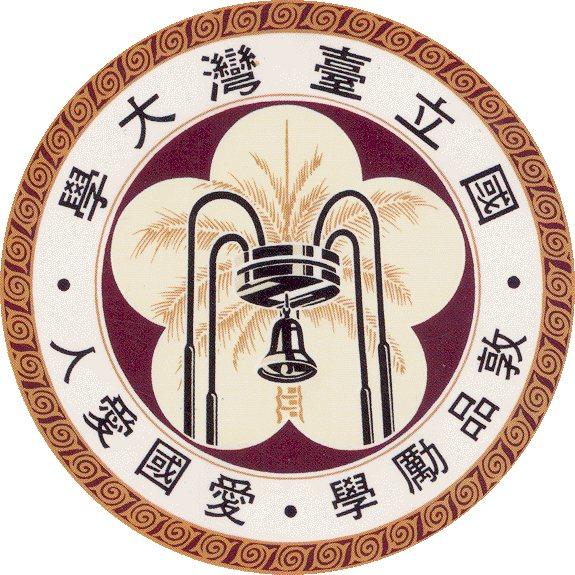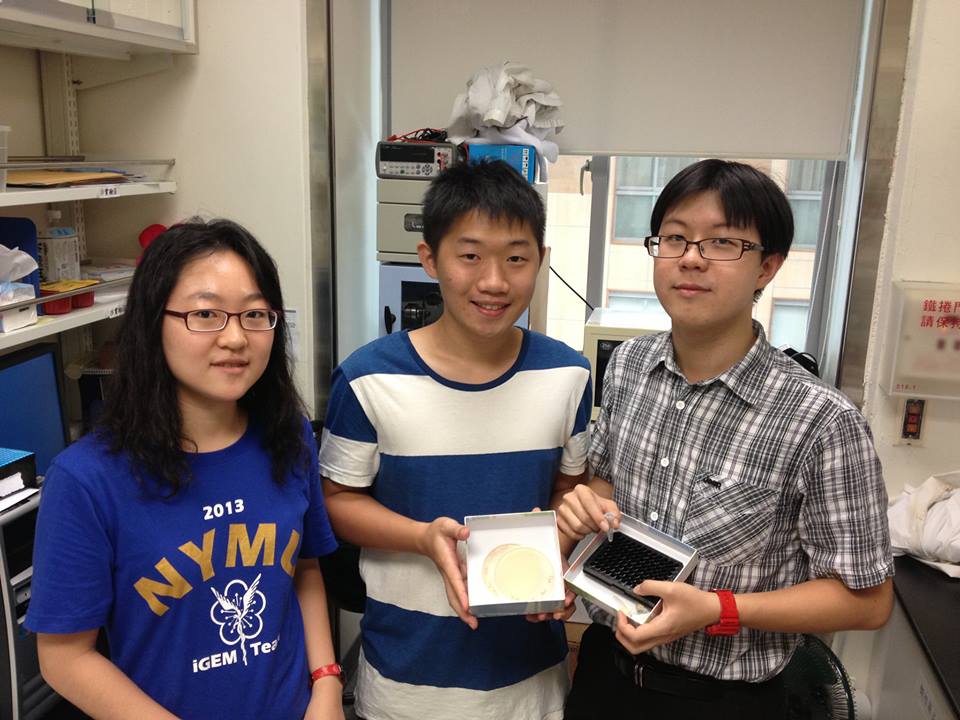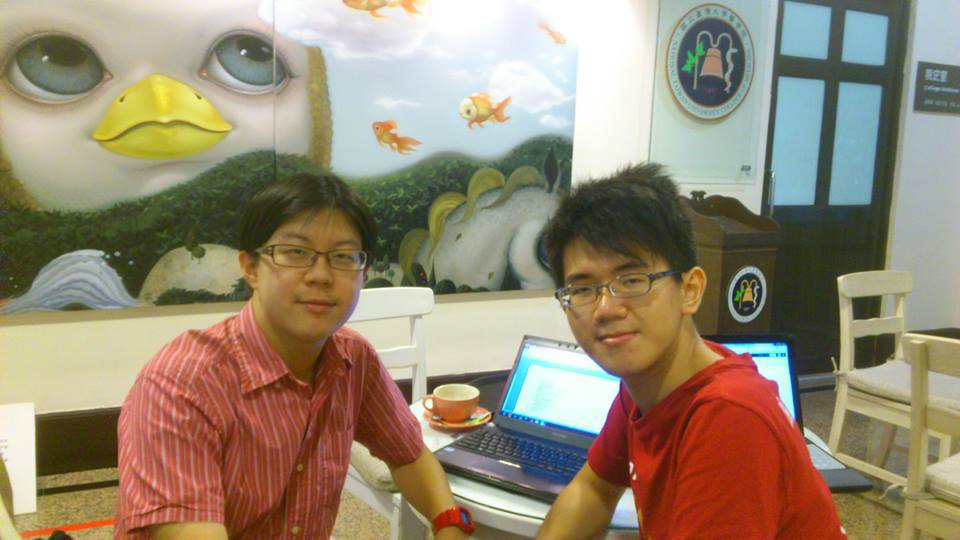Team:NTU-Taida/Human practice/Collaboration
From 2013.igem.org
Collaboration
It has just been the second year for NTU_Taida to participate in iGEM, therefore we have been enjoying cooperation with iGEM teams in our country.
With NYMU
We asked NYMU_Taipei to test functional results of our biosensor ACE &CEA (BBa_K1157020 & BBa_K1157021 ). They use ELISA plate reader to read the GFP intensity through time. On the other hand, we tested NYMU_Taipei team’s promoter (BBa_K1104242)activity expressed in bacterial strain E. Coli M1655. (See results/protocals for further details)
Apart from functional assay testing, we also discussed about optimizing our functional results. We shared our opinions about data collection time intervals and incubation conditions. We concluded that 8-hour functional tests are better than 4-hour functional tests, but there will be no obvious difference as soon as fluorescence reaches intensity plateau.
With NTU_Taiwan
As a new member of igem, NTU_Taiwan has been a helpful partner to cooperate with. They supported us with our construct of pConst-RBS-CinR-tt (though we weren’t able to submit that part in time) and we supported them for functional testing.
We performed western blotting to test the protein expression level of pRS424-Gal1 SrUCP-TAP (experimental group) and pRS424-Gal1 TAP (control group). These proteins are expressed in Sacchromyces for 0/2/4/6/8/20 hours. We used 10% SDS gel to undergo electrophoresis for 40 minutes, 180 V (each well with 6μl loaded). Then we use 80mA, 70 minutes to transfer. Finally, we use milk blotting to operate antibody staining.
- Photo 3
- Photo 4
 "
"




